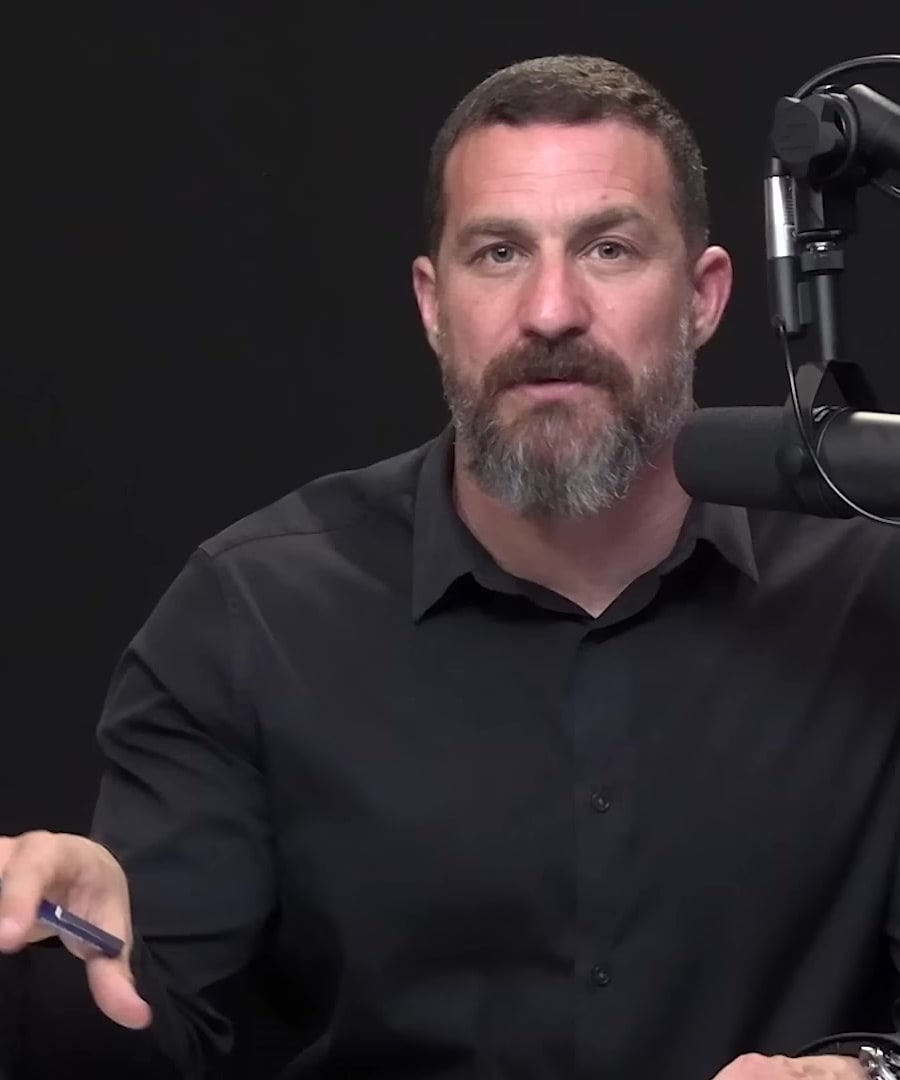Topical vs oral finasteride?
Sources:
Topical and oral finasteride have distinct characteristics and implications for hair loss treatment.
Topical Finasteride
- Absorption and Effect: Topical finasteride is absorbed through the scalp and enters systemic circulation. Clinically, 1% topical finasteride leads to blood concentrations equivalent to 2.5 milligrams of oral finasteride, which is much higher than the effective systemic dose of 0.02 milligrams for hair growth. This means topical application does not limit the drug to local effects as initially hoped 1.
- Side Effects: Despite higher blood levels, topical finasteride is associated with 30% to 50% fewer or less severe side effects compared to oral finasteride. The side effects vary widely among individuals, impacting the decision on dosing frequency and amount 2 3.
Oral Finasteride
- Dosing: Oral finasteride offers more controlled dosing. Studies suggest starting with low doses, such as 0.5-1 milligram daily, to minimize side effects while maintaining effectiveness. The systemic effects of finasteride increase logarithmically with dosage; small increases in dose significantly reduce DHT but do not proportionately increase hair growth 4.
- Side Effects: Oral finasteride can lead to range of side effects, including sexual and psychological changes, which is why the dosage should be cautiously managed 4.
General Recommendation
- Monitoring hormone levels like DHT is crucial when using finasteride. Decisions on whether to use topical or oral forms should consider individual sensitivity to the drug, desired control over dosing, and tolerance of potential side effects. Consulting with a healthcare provider to tailor the treatment is highly advised 3.
RELATED QUESTIONS



